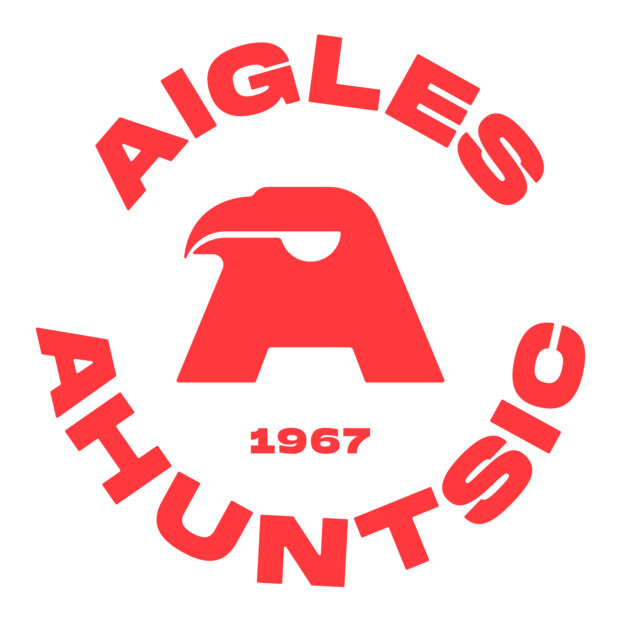Over the years, a number of brands that have dotted our mental landscape for decades have had to adopt new names and visual identities in response to public outcry and in order to regain social acceptance.
Familiar brands to which we developed a strong emotional attachment, perhaps in childhood or during our teenage years, have disappeared, only to be reborn in new forms. Companies and other organizations which seek to remake their brands are often motivated by a sense of social responsibility as well as concern for their reputation and image.
In our era, the question of cultural appropriation has become an inescapable issue which must be confronted. As attitudes evolve, so do brands.
Uncle Ben’s has thus become Ben’s Original, while Aunt Jemima is now Pearl Milling Company, and the Washington Redskins have been renamed the Washington Football Team.
See: https://fortune.com/2021/02/11/aunt-jemima-new-name-pearl-milling-company/
However, there remains a long list of brands in the crosshairs. North American professional sports teams top the list: the Kansas City Chiefs, the Cleveland Indians, the Atlanta Braves and the Edmonton Eskimos are all still on the hook. On the other hand, the Chicago Blackhawks team has so far managed to skirt the controversy by maintaining that the brand is a mark of respect towards Native Americans and the great leader of the Sauk Nation who inspired the name. It remains to be seen how long they will hold the line.
Closer to home, many of us followed the dispute over the McGill University men’s varsity sports teams’ name, the Redmen. The conflict over the origin of the name led the university to yield to public pressure and change the offending name to the Redbirds, based on a graphic element of McGill’s coat of arms.
In the same vein, but in advance of any outside pressure, Collège Ahuntsic embarked on a process that led to a change in the name and image of its sports teams. BrandBourg had the privilege of participating in what proved a thorough and careful exercise that went well beyond aesthetic considerations. The Collège administration made a point of building awareness of the issues at stake, thus making a useful contribution to the entire college community.

Cultural appropriation is clearly a sensitive issue that can no longer be overlooked. In our increasingly connected world, the only right response to outrage expressed by concerned communities is a firm commitment and genuine transparency. Double-talk won’t fool anyone.
There are other social issues and questions of civic values that organizations ignore at their peril. Among the most sensitive of these are public health and the environment.
To take a concrete example, in 2002, BP (British Petroleum) changed its logo and adopted the tagline “Beyond Petroleum” to restore its image and reinvent its mission. Unfortunately, the major pipeline leak in Alaska in 2006 followed by the Deep Water Horizon disaster in 2010 cast a big dark cloud over the company’s public relations efforts.
“We need to reinvent the energy business,” BP’s Chief Operating Officer said in a speech at Stanford University in 2002. We need to go beyond petroleum.”
After dropping the campaign, however, BP returned in 2020 with specific greenhouse gas reduction targets and a plan to cut its oil and gas production by 40 per cent by 2030. All of which goes to show that good intentions must be matched by meaningful action.
A name and visual identity are the bedrock of brand identity. They are the most visible components of any organization’s brand.
Changing or modifying your brand in response to a controversy arising from evolving social values is a delicate operation that requires a careful and authentic approach, especially when the brand has enjoyed great commercial success. Sincerity is indispensable to the task of rebuilding the organization’s reputation and winning back brand loyalty.
View more relevant articles